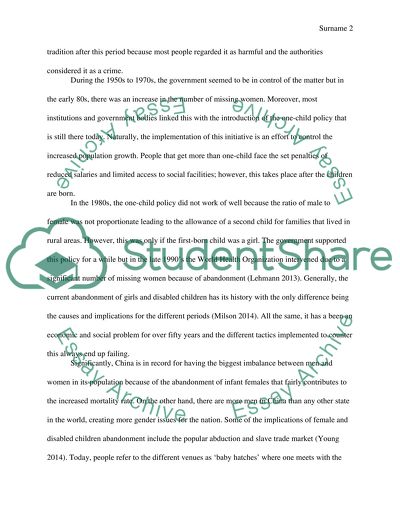Cite this document
(One Child Policy is One Big Problem for China Case Study, n.d.)
One Child Policy is One Big Problem for China Case Study. Retrieved from https://studentshare.org/social-science/1673759-business-and-economy-of-contemporary-china
One Child Policy is One Big Problem for China Case Study. Retrieved from https://studentshare.org/social-science/1673759-business-and-economy-of-contemporary-china
(One Child Policy Is One Big Problem for China Case Study)
One Child Policy Is One Big Problem for China Case Study. https://studentshare.org/social-science/1673759-business-and-economy-of-contemporary-china.
One Child Policy Is One Big Problem for China Case Study. https://studentshare.org/social-science/1673759-business-and-economy-of-contemporary-china.
“One Child Policy Is One Big Problem for China Case Study”, n.d. https://studentshare.org/social-science/1673759-business-and-economy-of-contemporary-china.


